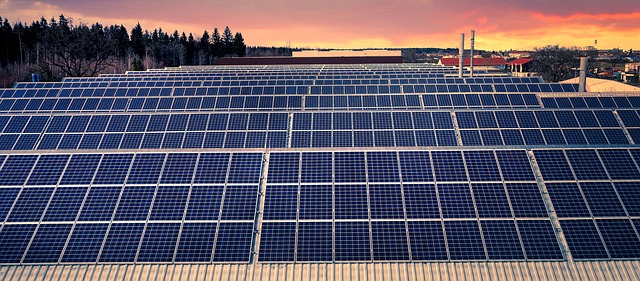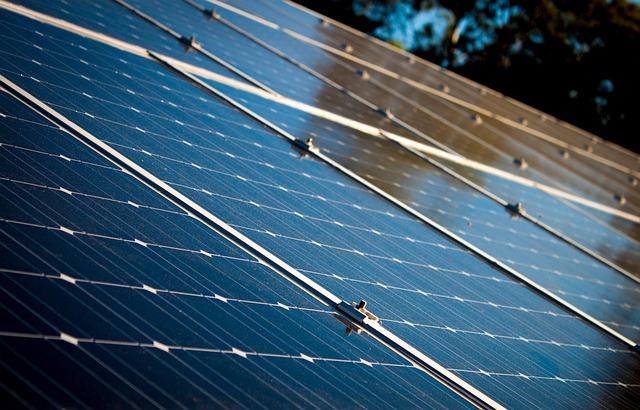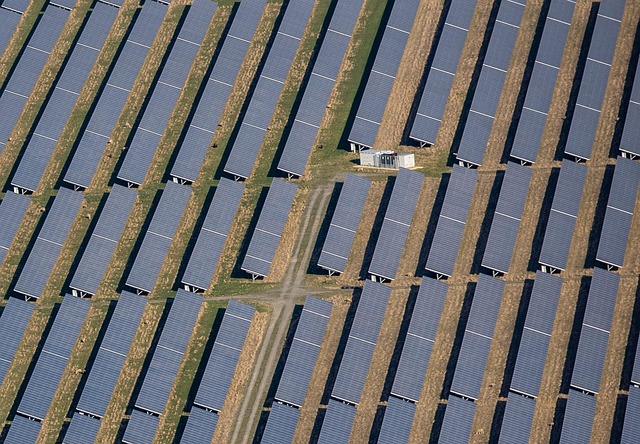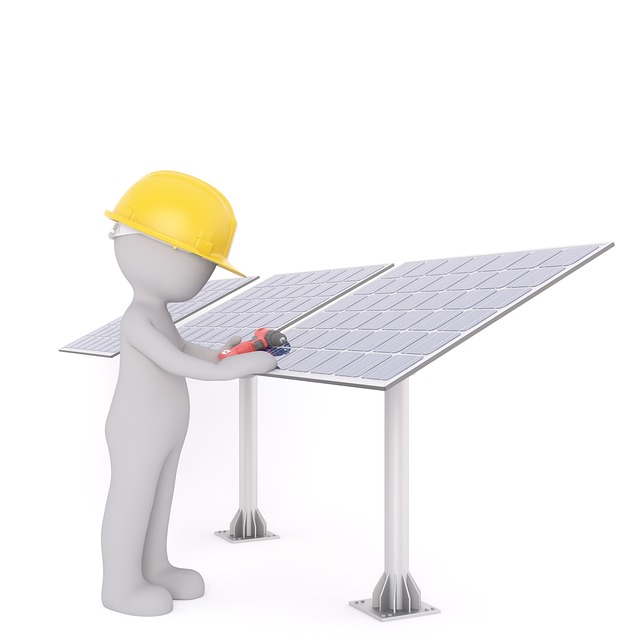Evaluating roofs in real estate involves assessing age and material for informed decisions. Older roofs show wear with issues like cracked shingles, while newer ones offer warranties and better quality. Knowing a roof's age helps determine its remaining lifespan. Understanding materials—asbestos, fiberglass, metal, or tile—is crucial for safety and cost-effectiveness due to distinct durability characteristics. Sun exposure poses significant risks, accelerating material degradation and reducing property value. Regular inspections, proactive strategies like coatings and gutter maintenance, addressing moisture issues, using climate-appropriate materials, and proper ventilation extend roof lifespan, ensuring structural integrity and aesthetic appeal in real estate investments.
When it comes to evaluating a property’s value, especially in real estate, assessing the roof condition and sun exposure is paramount. This comprehensive guide explores how these factors significantly influence a home’s longevity and resale value. We delve into strategies for assessing roof age and material as a foundational step, then examine the long-term effects of sun exposure on various roofing types. Furthermore, discover practical tips for maintaining optimal roof health to ensure your investment thrives.
Assessing Roof Age and Material: A Foundation for Evaluation
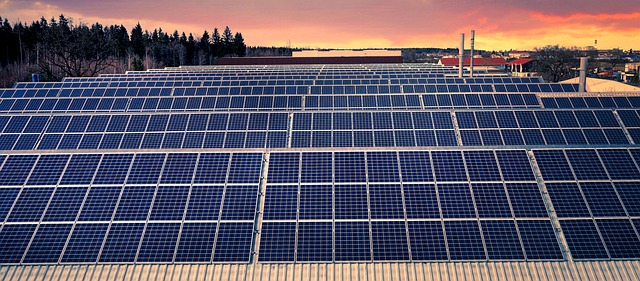
When evaluating a roof’s condition in real estate, assessing its age and material forms a crucial foundation. Older roofs are prone to more wear and tear, with potential issues like cracked or missing shingles, rusted flashing, and weakened underlayment. In contrast, newer roofs often come with warranties, indicating better quality materials and construction techniques.
Knowing the roof’s age allows for informed decisions about its remaining lifespan. Additionally, understanding the material—asbestos, fiberglass, metal, or tile—is essential for safety and cost-effectiveness. Each type has unique durability characteristics that influence maintenance needs and long-term investment in a property.
Sun Exposure Impact: Understanding Long-Term Effects

In real estate, understanding the long-term implications of sun exposure on roofs is paramount for investors and homeowners alike. Prolonged sunlight can accelerate the degradation of roofing materials, leading to issues like heat absorption, which increases structural stress and shortens the lifespan of the roof. Over time, this can translate into higher maintenance costs and reduced property value.
Exposure to UV rays from the sun causes a range of detrimental effects, including discoloration, cracking, and weakening of roofing materials. In extreme cases, it can contribute to the formation of dangerous conditions like dry rot or accelerated corrosion of metal components. Awareness of these potential issues allows for proactive roof maintenance, ensuring properties remain attractive, safe, and valuable in the long run.
Strategies for Maintaining Optimal Roof Health in Real Estate

Maintaining a roof in optimal condition is paramount for real estate investors and homeowners alike, ensuring both structural integrity and aesthetic appeal. Regular inspections are key; scheduling routine checks allows for early detection of issues like missing shingles, cracks, or signs of wear from sun exposure. These regular visits can prevent minor problems from escalating into costly repairs.
Implementing proactive strategies such as applying roof coatings to protect against UV damage, keeping gutters clean and well-maintained, and addressing moisture issues promptly are effective measures. Additionally, choosing the right roofing materials for your region’s climate and ensuring proper ventilation can significantly enhance a roof’s lifespan. These practices not only preserve the roof but also contribute to energy efficiency within the property, ultimately benefiting real estate investments.

